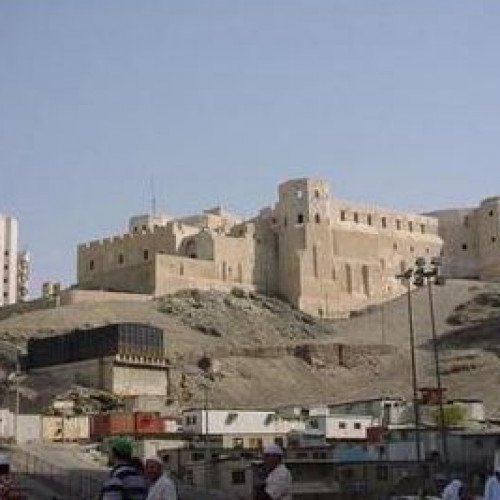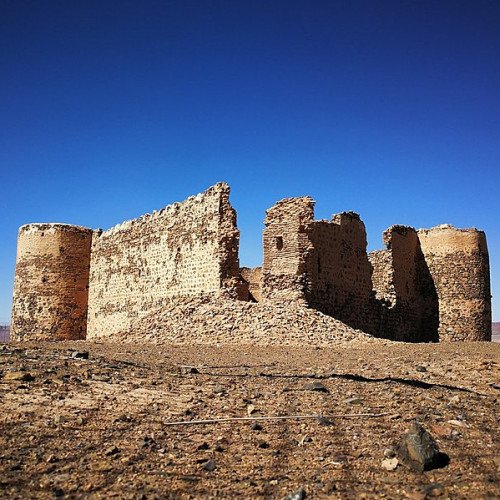Castles of "Saudi Arabia" AJYAD FORTRESS vs AL-FAQIR FORT

AJYAD FORTRESS
The Ajyad Fortress (Ottoman Turkish: قلعة أجياد, Turkish: Ecyad Kalesi; Arabic: قلعة أجياد) was an Ottoman citadel which stood on a hill overlooking the Grand Mosque of Mecca, in what is now Saudi Arabia. Built in the late 18th century, it was demolished by the Saudi government in 2002 for commercial development of the Mecca Royal Hotel Clock Tower, sparking global outcry. The fortress was built in 1780 under Ottoman rule in order to protect the Kaaba in Mecca from bandits and invaders. The fort covered some 23,000 m2 (250,000 sq ft) on Bulbul Mountain (a spur of Jebel Kuda) overlooking the Masjid al-Haram from the south. The Ottoman Empire had ruled a vast empire covering the Arabian peninsula, the Balkans, and north Africa. But the empire disintegrated at the beginning of the 20th century when present-day Turkey was established as a secular state. From 1 to 9 January 2002, the Ajyad Fortress was demolished and most of Bulbul mount was leveled, in order to clear the area for the $15 billion construction project.
Statistics for this Xoptio

AL-FAQIR FORT
Al-Faqir Fort (Arabic: قلعة الفقير) is an 18th-century fort situated in the Levantine pilgrimage route on a small hilltop in the southern portion of modern-day Al-'Ula, Saudi Arabia. The fort takes a squared form with round towers, three of which are standing while the southern one was completely destroyed.[1] The fort occupies 340 m2 with approximate height of slightly over 6 m tall walls, that appears to be originally two-storey structure supported by wooden beams. Most of the interior walls, ceilings, and stairs of the fort were destroyed. Nothing left except for the walls and towers along with small interior remains. The fort was originally known in historical documents as the fort of al-Hafa'ir. It was built by the Ottoman dynasty to facilitate the pilgrimage process and to protect the pilgrims in their journey to the holy sites. Varieties of materials were used during the construction, primarily local limestones and sandstones (also schist and gneiss) additional to the employment of bricks on the upper levels and in different parts of the structure.